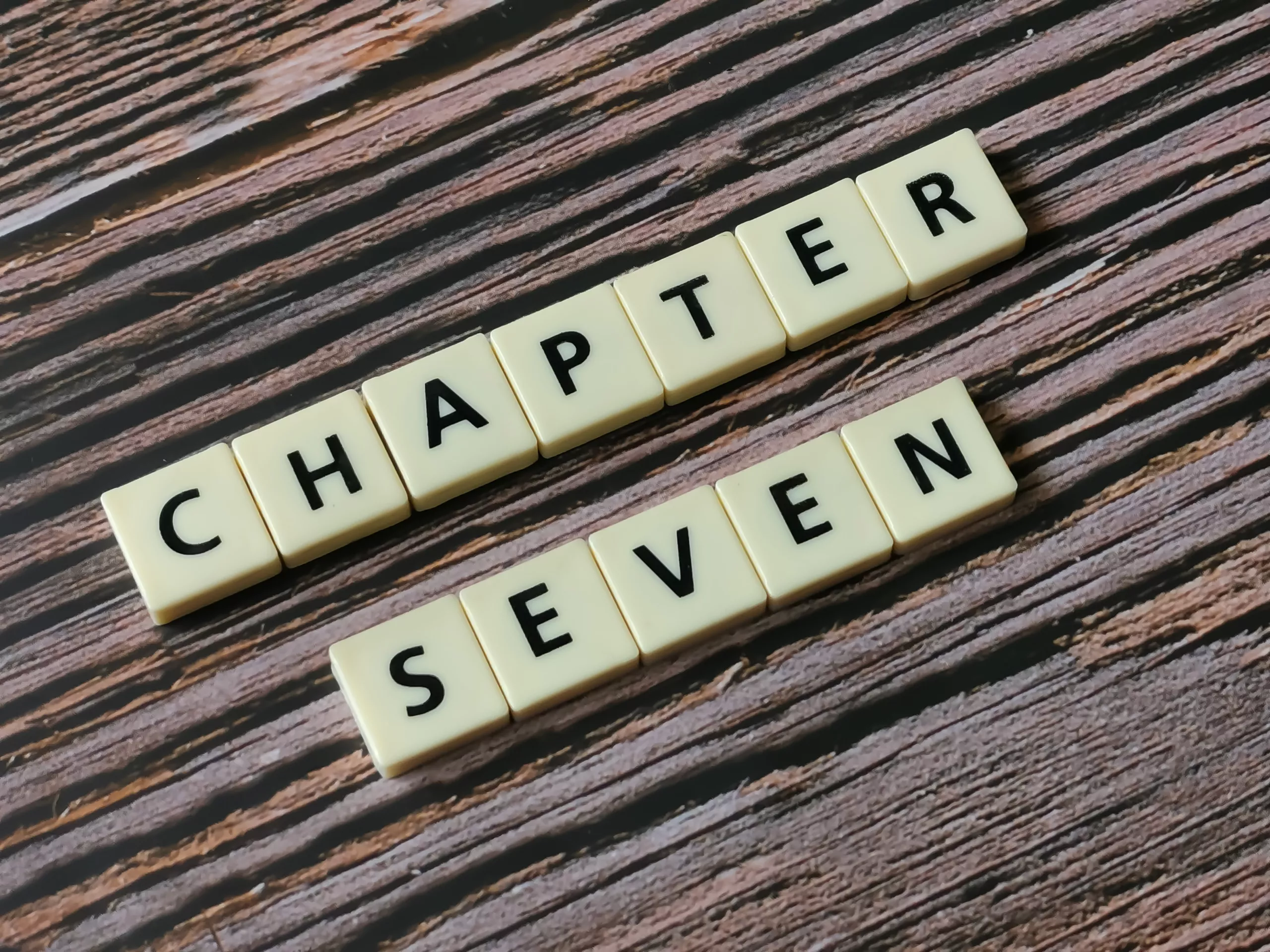The bankruptcy process begins with a petition for relief. The petition for relief is also known as a bankruptcy petition. This is your official request to the court to have your debts discharged. Arguably the most important document in the entire process, a bankruptcy attorney can ensure that your petition is accurate. Equally important, the petition must be filed correctly.
What Is the Petition for Relief?
The petition for relief details your need for debt discharge. It includes your name and other identifying information. It also includes as a thorough description of your assets, liabilities, including all your debts, and your income. The date that the petition is filed with the court becomes the petition date. This is the official beginning of your case.
Filing a Petition for Relief
Filing a petition for relief is one of the most grueling parts of the bankruptcy process. It involves providing exhaustive financial records, including records on all of your debts, how much is owed, your monthly payments, and any payments made in the 90 days prior to the filing date. You must also supply information about your household income and any personal and real property assets you have. Many people end up having most or all of their assets exempted from the bankruptcy process. However, you still must thoroughly document these assets to avoid delays in your bankruptcy. After reviewing all of your information and verifying its accuracy, your bankruptcy attorney will file your petition for relief.
Information You Need
Having the proper information ready right away can save a substantial amount of time. Also, your attorney can begin to work on your case more quickly. Everyone named in the bankruptcy petition should provide the following information:
- Annual income and recent paystubs
- Documentation of assets and their approximate value
- Each company with whom they have a debt, as well as the debt’s value and payment amount
- Information regarding other financial obligations, such as rent, child support, and household bills
Your bankruptcy attorney will tell you exactly which documents and records are needed. Your lawyer should meet with you to review your petition thoroughly. Any inaccurate or omitted information could lead to a delay in your discharge or dismissal of your case. Therefore, you need to be sure you review your petition for relief carefully.
What to Do After Filing Your Petition for Relief
The petition indicates your intention to have your debt discharged. It serves as a notice to lenders that they must cease all collection efforts. Upon filing your petition for relief, you can call your creditors, give them your case number, and tell them that you are filing bankruptcy.
With the right help, the New Jersey bankruptcy process can move quickly and smoothly. Contact us for an initial consultation.



